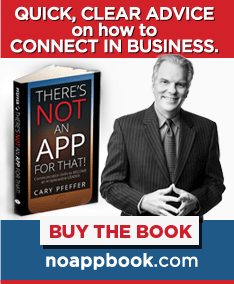From outright goof-ups to slight oversights, reporting is a human endeavor and mistakes occur everyday. How you handle them can lead to a successful experience for everyone involved — or it can be a disaster. Here are some thoughts from someone who has been on all sides of this uncomfortable situation.
They Blew It!
When the error in a news story is a big one, never, ever let it go without mention. I’ve been amazed how many times I hear about a big mistake, and when I ask what was done about it the answer is “Nothing.”
First you must address the error with the news organization. A call to an editor (newspaper) or executive producer or news director (TV) is completely in order if the mistake is a big one. A call to the reporter can be appropriate, depending upon your relationship with that reporter, but remember this. It is not the reporter’s job to make a correction or set the error straight. He or she may also be embarrassed about the situation and not pass the information on to management. Therefore a call to the reporter’s boss is well within your rights after a major goof in coverage.
Be polite but firm and make sure you are clear about the nature of the mistake. If you see the error in a newscast while it’s on the air, call right away. I can tell you as the anchor of nightly newscasts, if we realized we’d made a mistake during a newscast we would correct it live, on the air! A responsible news organization wants to know when a mistake is made and its credibility is directly tied to getting a story right.
On the other side of the coin, make sure you have the facts before you make that call. Too often a complaint call can come in from an angry person who hasn’t actually seen or read the story. Instead they are talking about third-hand information. Your credibility is important, too. Have the facts before you question the facts.
The Solution:
The most obvious solution is a correction. On the print side, corrections are printed everyday, but who really reads that stuff? If you have a good relationship with the publication you may be able to negotiate additional coverage to make up for the mistake. (I did this for a client just last month.) Use this situation as a way to build the connection you have with the decision makers at the newspaper or magazine. Reasonable adults can make sense of even the most difficult situation. The same can be said on the TV side. A correction on TV should always be made during a newscast at approximately the same time the mistake was made, with just the correct information passed on by the news anchors.
Also, you should always address the issue with all of your people. That may mean notifying customers, employees and others when a mistake is made in a major media report. Be sure they hear your side of the story, even if they haven’t heard or read the original report.
NEXT MONTH: What happens when it’s a small mistake, or a matter of emphasis that’s in question in news coverage?

